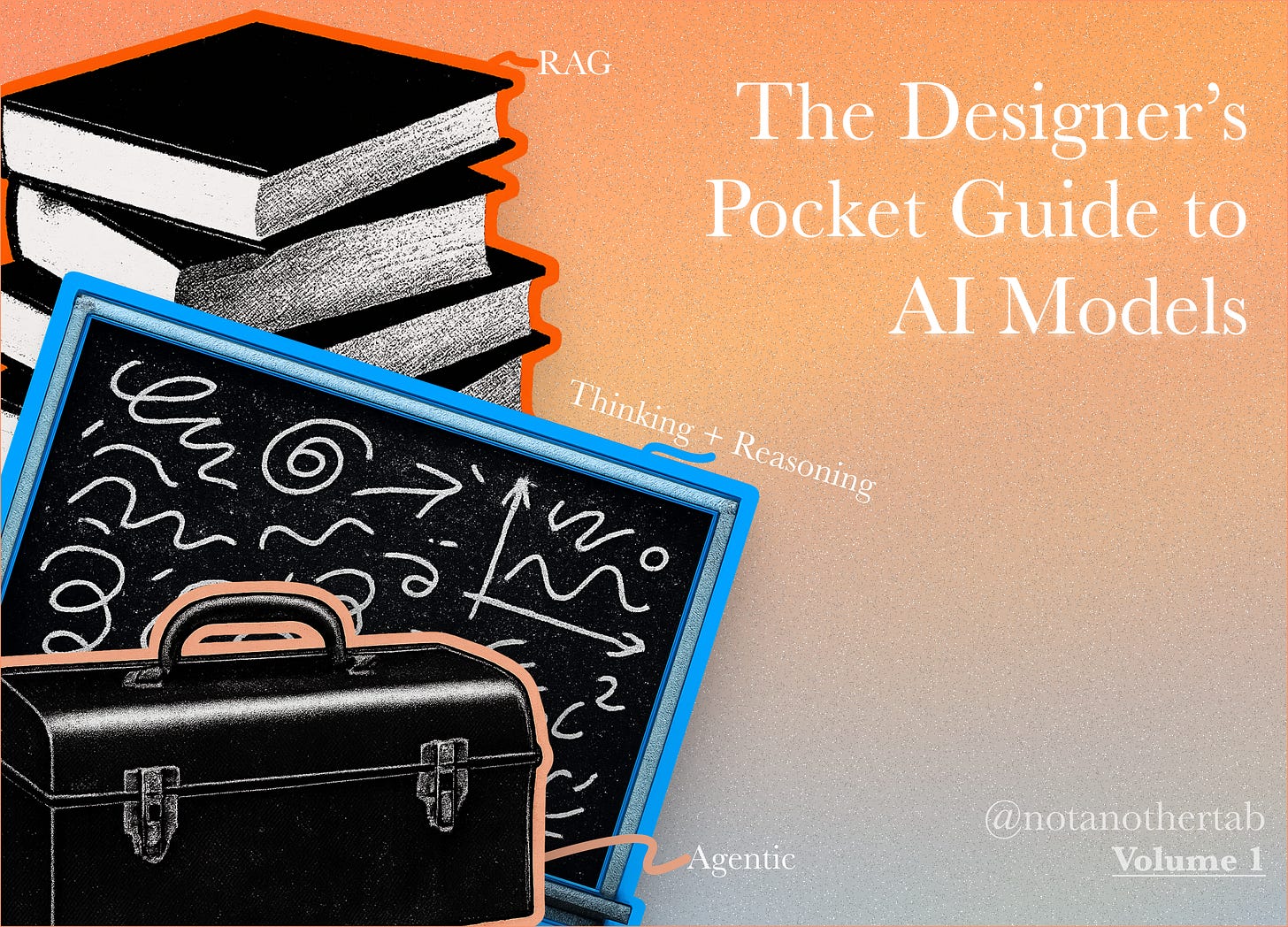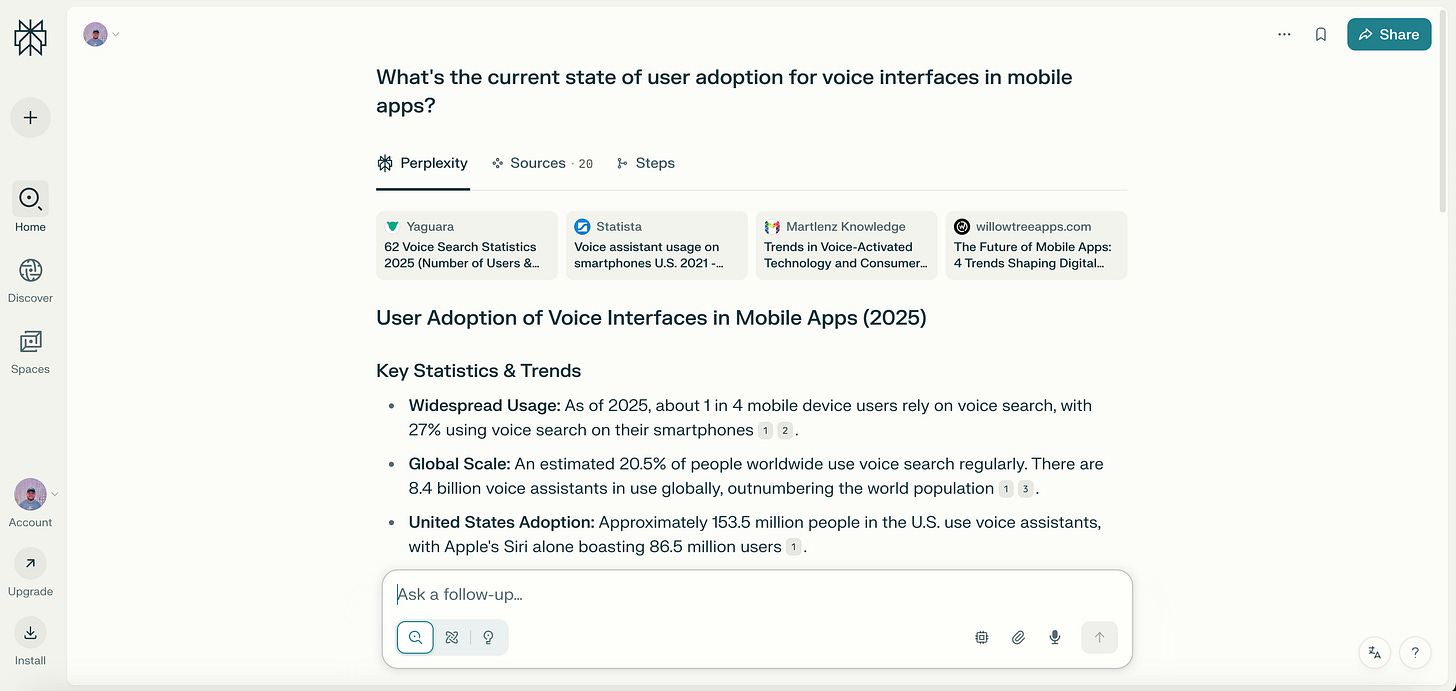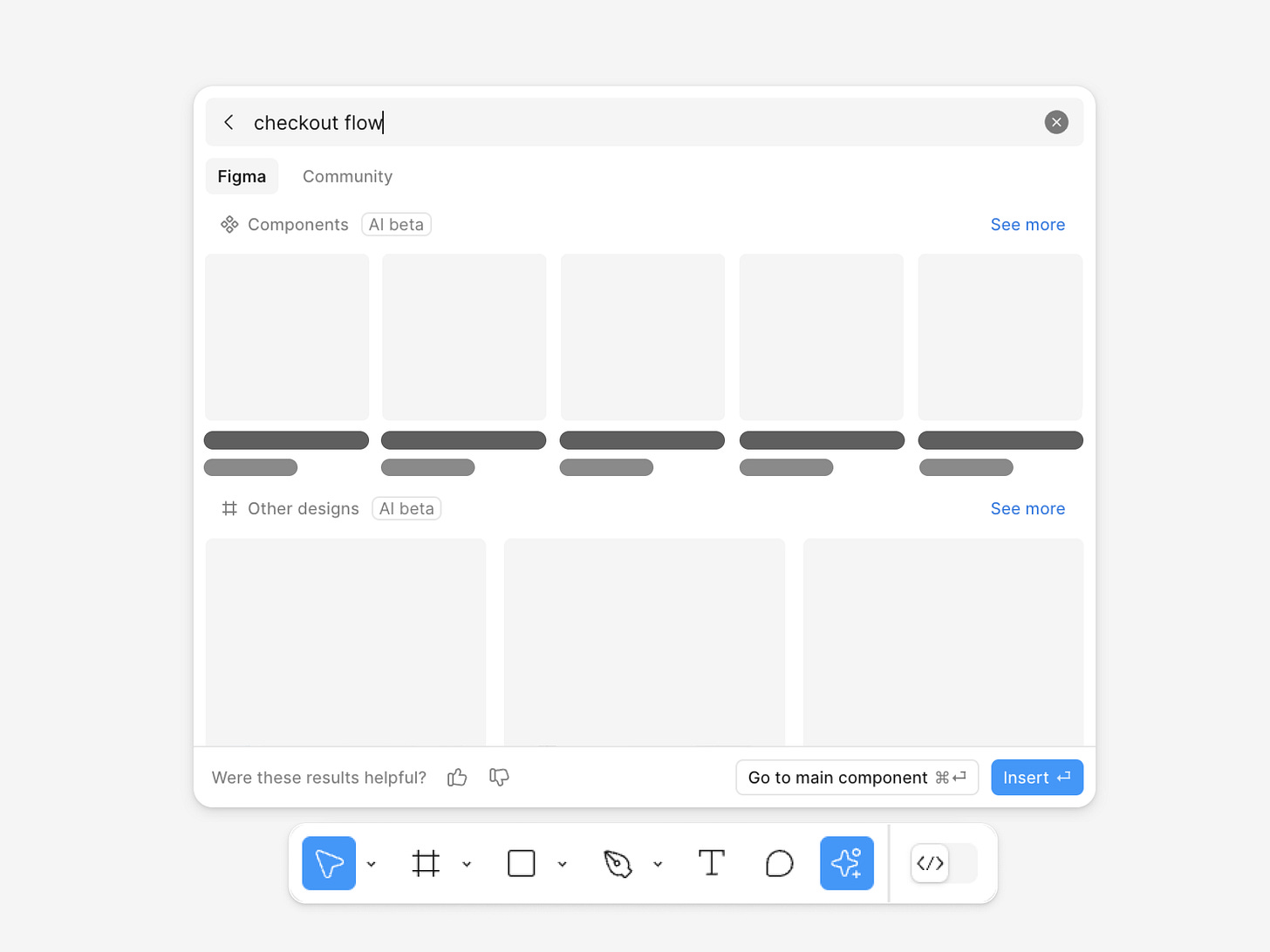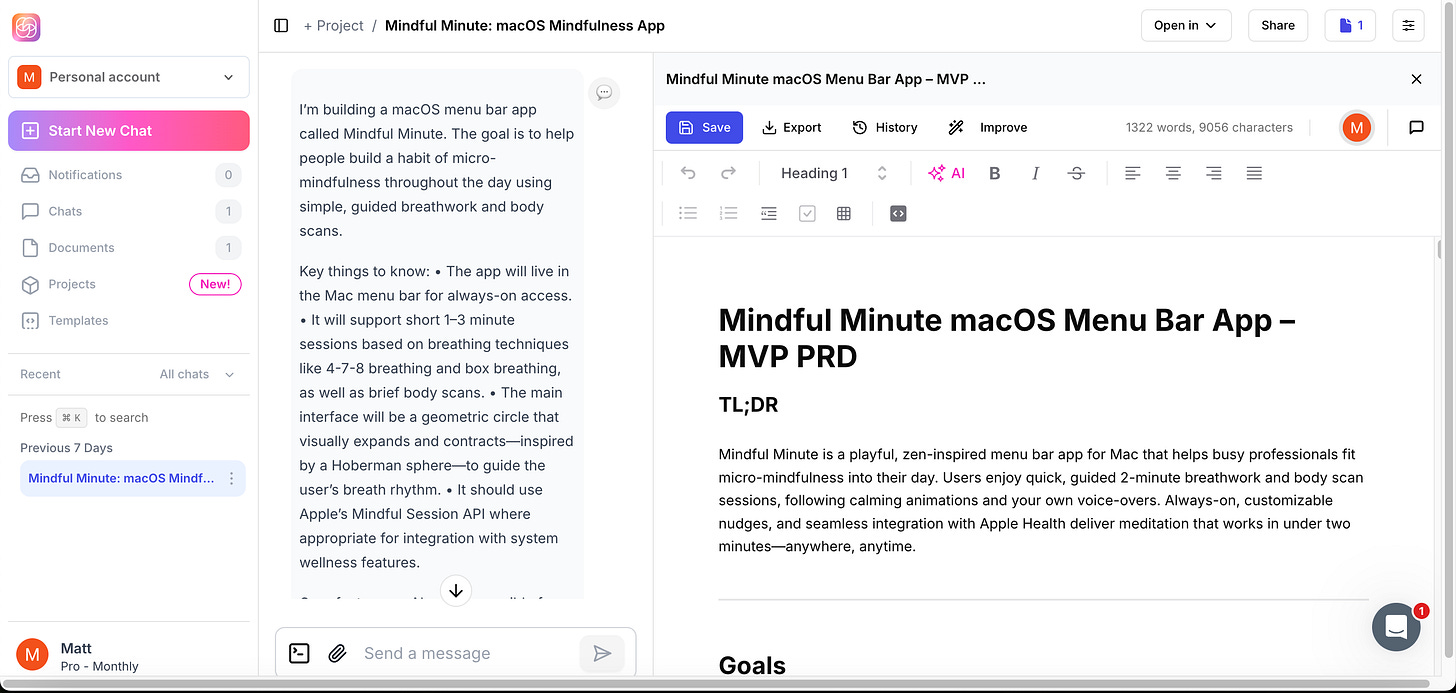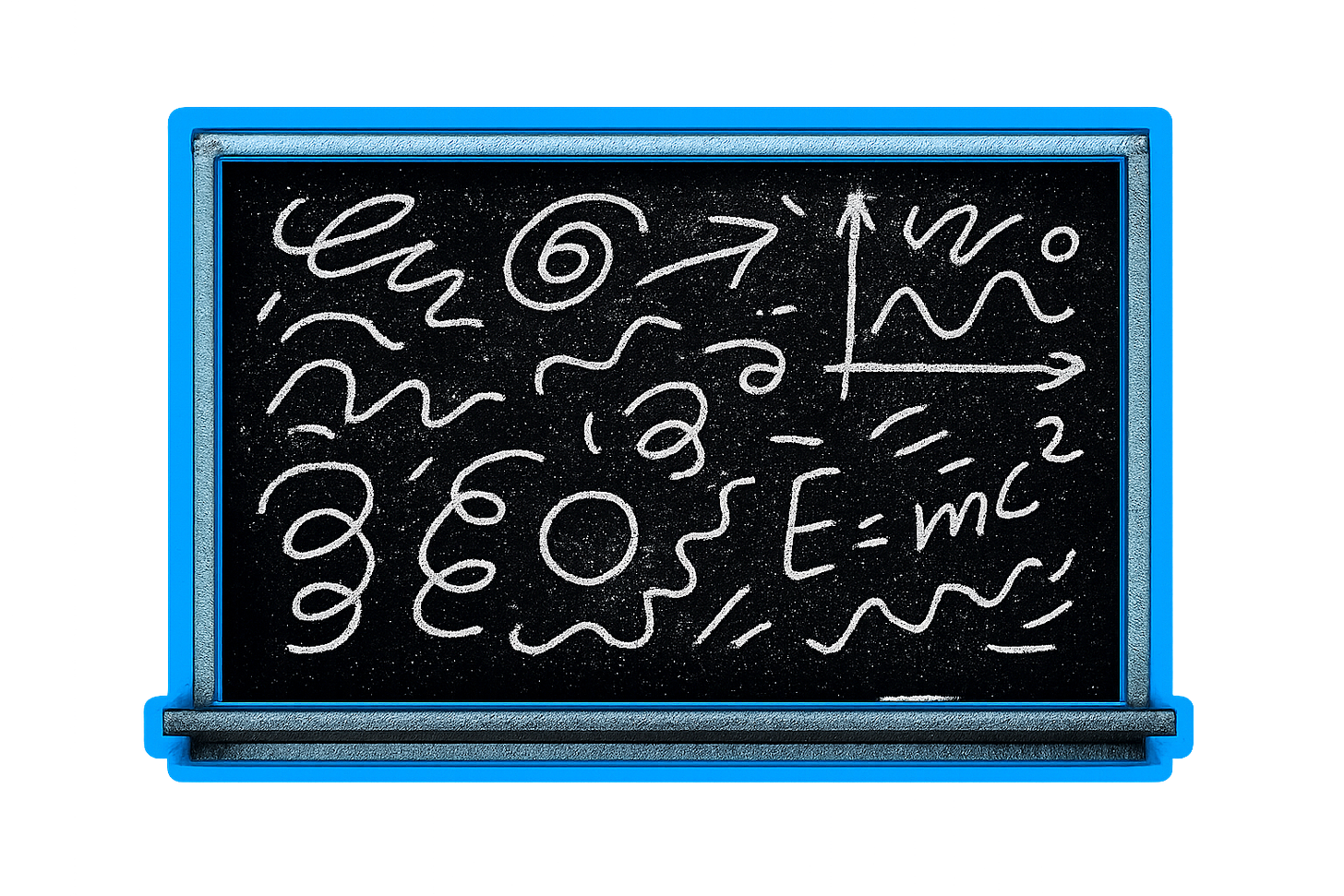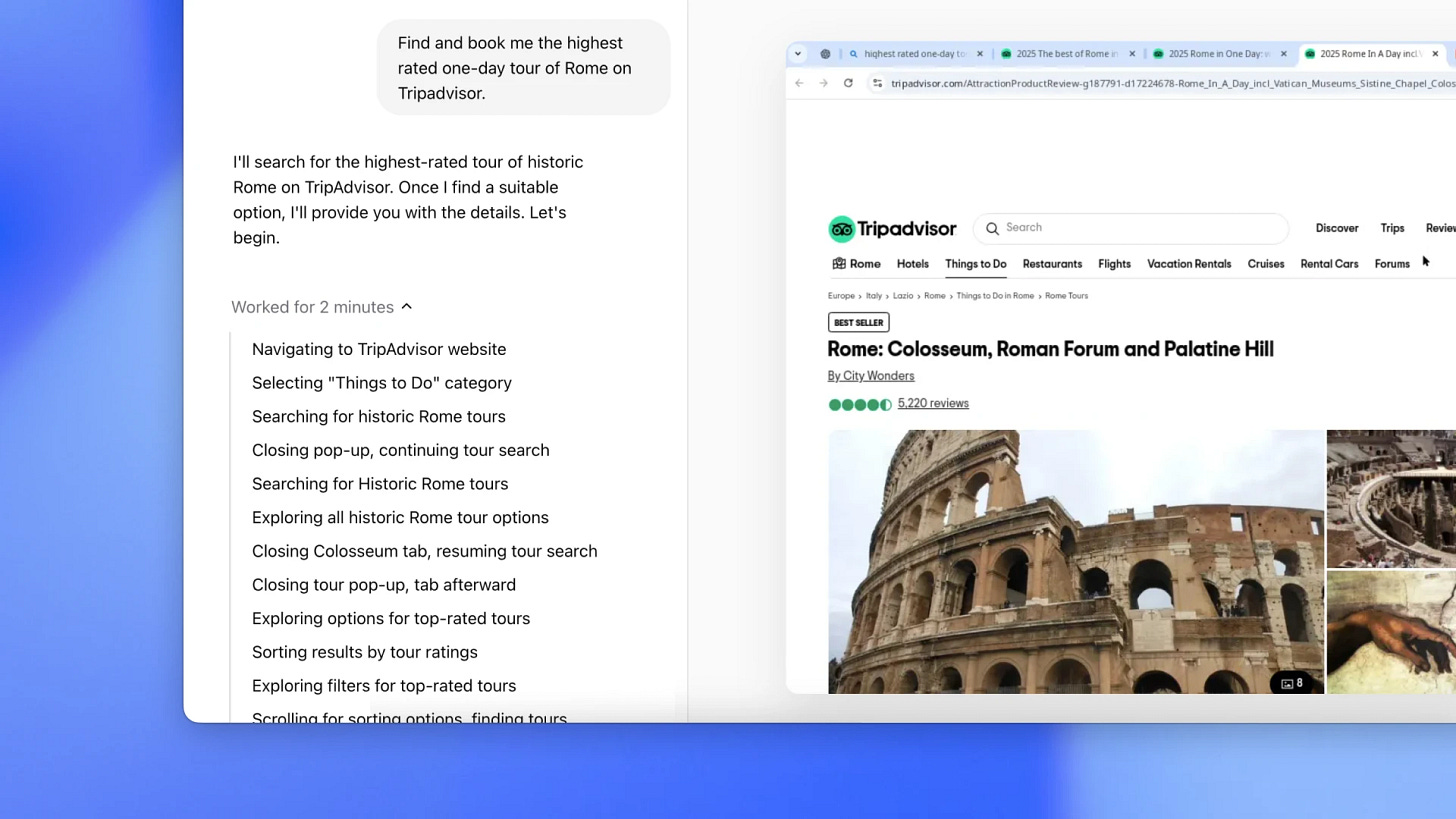The Designers Pocket Guide to AI Models
Which model is right for you?, WTF is RAG and Designer Workflow Hacks
If you're reading this with 46+ tabs open right now, this newsletter is for you. We’re in a world of bloated tabbage and newsletter noise, thank you for making space in your inbox for one more. Each week I plan to break down key AI concepts, share my evolving workflow as a designer, and of course share my list of human-curated tabs that are actually worth opening. 🚨This volume contains 10 potential tabs.
The Librarian, Professor & Assistant Walk Into A Bar
Unfortunately this isn’t the start of a poorly written joke, but archetypes that I attribute to some of the core AI Models that you’re probably encountering every day.
Retrieval Augmented Generation Models
Let's start with The Librarian. The Librarian is the archetype I associate with RAGs (Retrieval Augmented Generation), unlike some models, when you ask a RAG model a question, it doesn’t just guess the answer it will go and search or retrieve the information it has access to and weave or generate that into an answer. Just like a human librarian, it will cite it’s sources so you can trace it back to the shelf from which the information came from. You may remember when ChatGPT first launched and it offered out dated data, that’s partly due to it not being able to retrieve fresh documents or knowledge from beyond it’s training. That is the downside of a product / model without RAG capabilities.
🛠️ Examples of where you might use RAGs in your workflow
Notion AI: Instead of manually hunting through folders or files Notion AI is essentially a RAG that enables you to search through your documents.
Perplexity: I’ve found myself using Perplexity to find trends and research related to specific patterns, conventions and approaches to help inform my work.
Figma AI’s search can be utilized to find a specific file that a screenshot may have lived in. No more clicking through dozens of wrong files! 😍
Thinking & Reasoning Models
Next up is The Professor or Thinking & Reasoning Models. Some of the name you may have heard include: o3, gemini 2.5, Claude Max. It’s likely that you’ve used these if you have used ChatGPT. They often have what’s known as a "chain of thought" process, in which you can see the model break down a task and break it down into logical steps. It can self-correct and try to understand a broader context to help give you an answer that may feel more accurate.
🛠️ Examples of how you might use Thinking & Reasoning Models in your workflow
ChatPRD: I’m sure most of you reading this have utilized ChatGPT to help generate documents in your work (your secret is safe with me 😉) but have you utilized ChatPRD? I’ve recently adopted this in my side-project design workflow to help me craft stronger PRDs. It’s trained on some best practices and popular product frameworks. I then use this PRD as markdown document to which I can use in Cursor to help provide my coding agent with context.
Agentic Models
Finally The Assistants. I think this model feels the least fuzzy to us, after all we’ve been using assistants for over a decade though arguably they’re not really lived up to the hype. These agentic models can connect to tools and data to actually do something. Older versions were more deterministic and fed 100s of predefined responses, just try asking Siri to do something more than check the weather. This year we’ve seen tech companies tease previews of updated assistants like Apple Intelligence, Alexa utilizing today’s generative LLMs. Time will tell how succesful they will be as a mainstream consumer technology. Regardless, there are many agent or tools that designers can leverage as part of your workflow:
Cursor: As I talked about above, Cursor is my prototyping tool of choice. What makes Cursor great is that you can leverage some of the strong coding agent models e.g. Claude Sonnet 4, GPT-4o.
OpenAI Operator: The latest autonomous Agent that opens and steers its own browser: seeing the page, clicking, typing, and scrolling - so it can carry out everyday web tasks, on your behalf. I’ve been leveraging it to build competitive experience snapshots for some personal projects. I can task the operator with conducting some research for me so that I can use that to inform my own design direction.
Many Models, Your Choice
So that’s three core models that you might encounter. There are likely thousands more for a variety of niche tasks. The key takeaway is that some of these models excel at performing specific tasks than others. The true power of leveraging AI in your workflow is understanding which model might be most suited to the specific stage of your workflow. Combining various models can lead to really powerful outcomes. As an example, I will typically leverage RAG models for research, use a thinking + reasoning model in ChatGPT to help shape a prompt for an agentic coding assistant, and then feed that prompt to an agent in cursor who can help me create the prototype or product that I’m building. And of course, back to the thinking + reasoning model when I inevitably create a whole bunch of errors and need some much needed help deciphering the problem. If you’re stuck on what model to choose, I’ve found this resource from Github a useful overview to help you choose the right model for your task.
Useful Weekly Links 🔗 (Human Curated)
AI Needs UI - This article by Dan Saffer, talks about the future of UI and how it won’t be disappearing in our new age of AI.
Github Spark - Microsoft unveiled a new vibe coding tool that builds upon alot of their Github Copilot work. Now you can create, run and deploy a web app using natural language. Looks like Replit has some competition.
Making Money With Claude - This reddit user went viral after sharing their prompt for validating SaaS ideas and claims to make $2.3k MRR with it.
Vibe Coding For Designers - I attended this vibe coding intro by Amy Lima and Maxim Leyzerovich. It was a really great workshop for those that have never used Cursor before. Checkout the recording.
AI Music Generator: Stuck for copyright free music, I came across this tool that will generate music for you. I’ll leave you with the jingle I made with it for this newsletter:



